The following is a guest post by our friend Kevin Espiritu of Epic Gardening
There’s a lot of information out there on regrowing food from the leftovers you have from your groceries. It makes for a fun experiment, and sometimes you’ll get something viable!
But is it actually all it’s made out to be, or is a lot of it incorrect information? Let’s explore in a bit more depth.
Market Varieties and the Home Garden
An important thing to remember is that many supermarket produce varieties are grown for storage longevity, not for their flavor. As such, they may be hybrid varieties that won’t create viable seeds, like seedless watermelons. Technically, even a seedless watermelon has tiny white seeds on occasion, but those seeds will never sprout.
Now, if you get heirloom varieties rather than standard supermarket produce, you have a much better chance of having viable fruit and vegetables. Even then, some things may or may not develop quite as you’d planned. So with market varieties, you’ll need to be prepared for failure, and celebrate each success as it happens!
Let’s explore different techniques for regrowing your leftovers and what you’ll need to do it.
Regrowing Food from Partial Plants
This is what most people think of when they’re trying to regrow their produce, and it actually works for some things. There are different parts that need to be intact to make this method viable.
- Scraps of potatoes that include full eyes or potatoes that have started to sprout from the eyes can be replanted. These will end up growing a much larger plant and will produce more of the tubers we love.
- Sweet potatoes produce growth from eyes as well, but it’s what’s called a “slip.” Provide moisture for your sweet potato so it can develop at least a 3”-long slip, then carefully remove the slip and the area around it and plant that. It will continue to develop into a full plant.
- Leeks and scallions or green onions can be regrown from their base. Keep at least an inch and a half of the white base with the roots attached to it, and set it in a glass of water. Change the water daily until it starts to grow new roots and greens, then replant.
- Celery, fennel, romaine lettuce, bok choy, and Napa cabbage can be regrown from their bases. Place the base in a little water in a bowl and allow it to develop roots, then plant in the ground.
- The outsides of strawberries are covered in tiny strawberry seeds. If you plant scraps of strawberry skins, you can sometimes get a plant to form. Other berries such as raspberries will sometimes sprout as well.
- Save the base and roots of lemongrass and plant it directly in the garden, and it’ll regrow from that. The tops of pineapples can produce roots and regrow as well if they’re fresh enough.
Regrowing Food from Cuttings
- If you have herbs such as basil, rosemary, thyme, or mint, you can treat them as if they were a fresh plant cutting. These can be placed into a glass of water and roots will grow from the bottom. You can then plant them in small pots until they start putting out new growth, and then harden off and transplant outside.
- Do you have access to someone’s berry plant, or the ability to ask for a cutting at the local berry farm? If so, you can coax most berry types into sprouting roots as cuttings as well. Dip them into water and then a powdered rooting hormone and place it into moist potting mix. They take longer to develop roots, but it’ll be worth it.
Regrowing Food from Sprouted Veggies
- Onions, shallots, and garlic often start to sprout if they sit for too long or have been stored improperly. You can replant sprouted garlic cloves or shallot cloves just as they are. For onions, peel off the extra layers and separate the sprouts, then set them in a glass of water and allow their roots to start to develop before planting.
- Ginger root also can sprout if it’s not used quickly. Give your root a soak in a bowl of water for 24 hours, then plant it with the tip of the sprout above the soil. It will start developing new ginger rhizomes.
Plants That Will Go To Seed
- Most root vegetables will go straight to seed once you plant their tops. This includes carrots, radishes, turnips, parsnips, beets, and the like. You will never be able to regrow the root, but new temporary roots will form and the green tops will start to grow again.
- For some of these veggies, like beets, the greens are edible and you can get a small secondary crop of greens from them. But all of these will be trying to produce seeds before they die off. If you wait, they’ll develop seed heads. Let them dry on the plant and then harvest seeds to plant later.
Seeds You Can Harvest
You can get seeds out of a lot of plants, too:
- All forms of peppers that are mature have potentially-viable seeds you can plant and grow. Tomatoes are similar.
- But you’re not limited to those! Most non-hybrid melons, cucumbers, pumpkins, and other squashes are also great for saving seeds. Wash the seeds off, allow them to dry, and plant them later.
- If you have a bag of dry beans, lentils, or whole dry peas (not split ones), you can also try to plant those as well. Some of the smaller beans, like mung beans, are great as sprouts too!
- Of course, you can also plant tree fruit seeds. All forms of citrus, most stone fruits like peaches or nectarines, apples, and many nuts can be planted. And if you don’t mind sacrificing a few fig insides, you can plant figs as well. Just remember that in the case of fruit trees, you’ll need to know which variety you’re planting and whether it’ll need a second tree for pollination. It may take many years before you harvest your fruit.
Things That Seldom Work
Finally, a caution: there are a few things that rarely, if ever, work as they are described:
- Round-head cabbages often will rot before they set roots, even if you cut off the whole base and set it in a bowl of water.
- Avocado seeds may sprout, but they may not be the same variety of avocado that you originally ate, and may not be a fruiting variety at all.
- Brussels sprouts form on long stems, rather than in the ground, and they won’t produce roots.
- While some claim that you can replant mushroom stems, they often won’t survive as they don’t have a normal root system.
When all is said and done, there’s a wide variety of plants that you can successfully regrow from scraps. And for someone who’s trying to garden inexpensively, that’s a great thing! Happy planting!
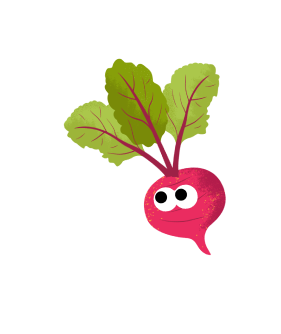
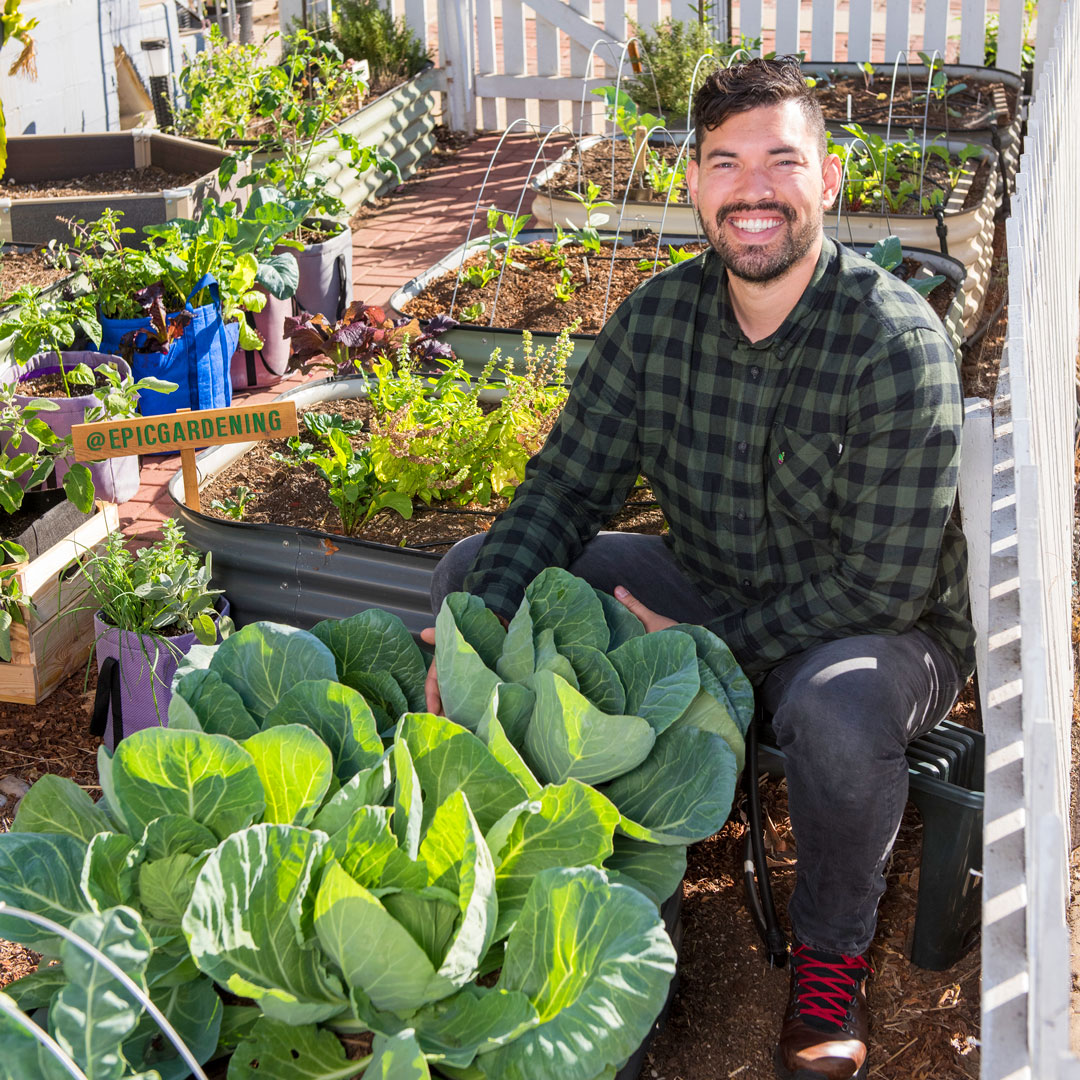


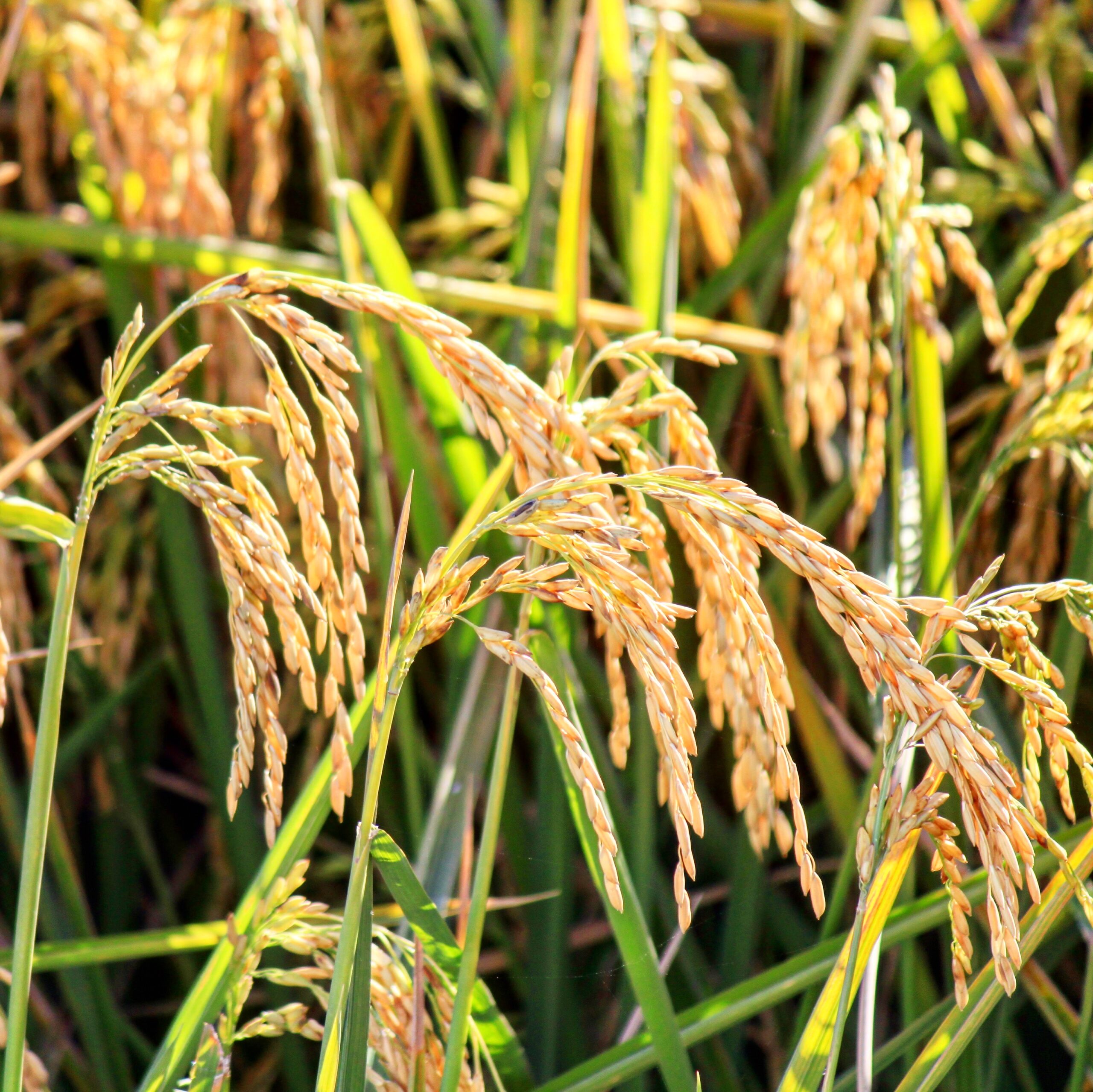
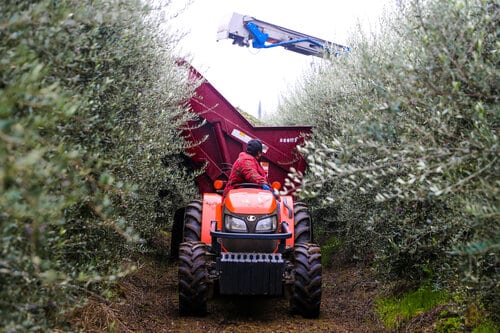
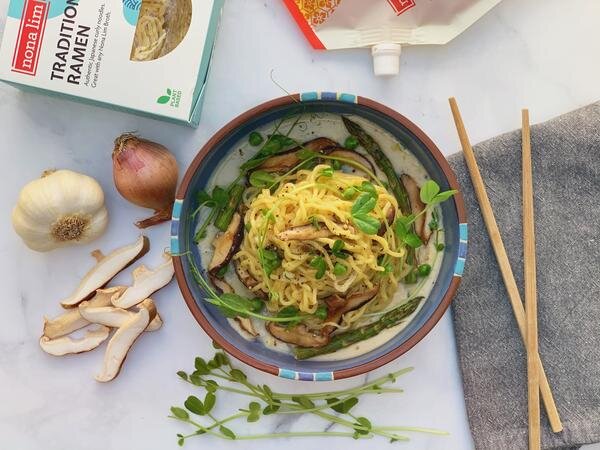
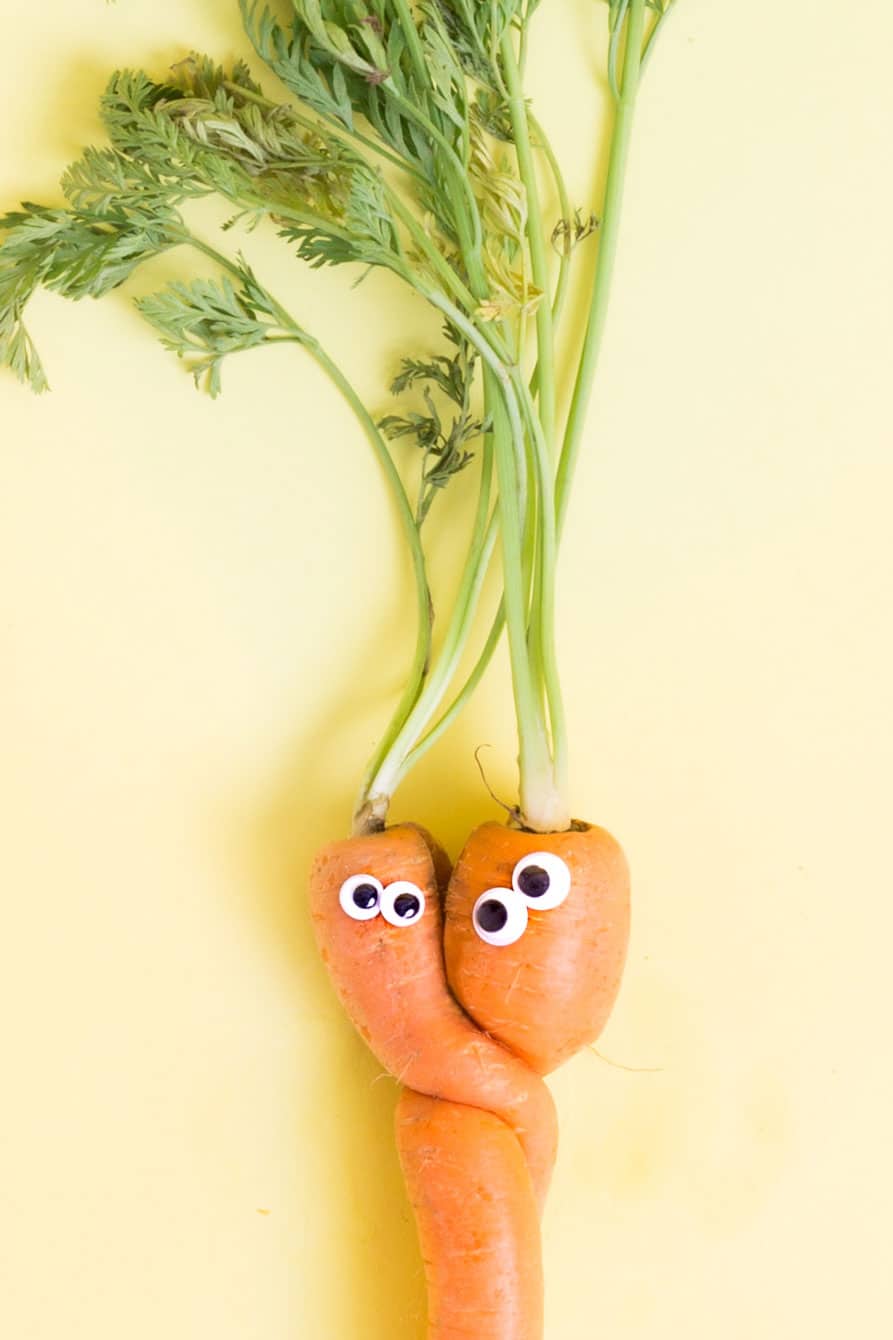
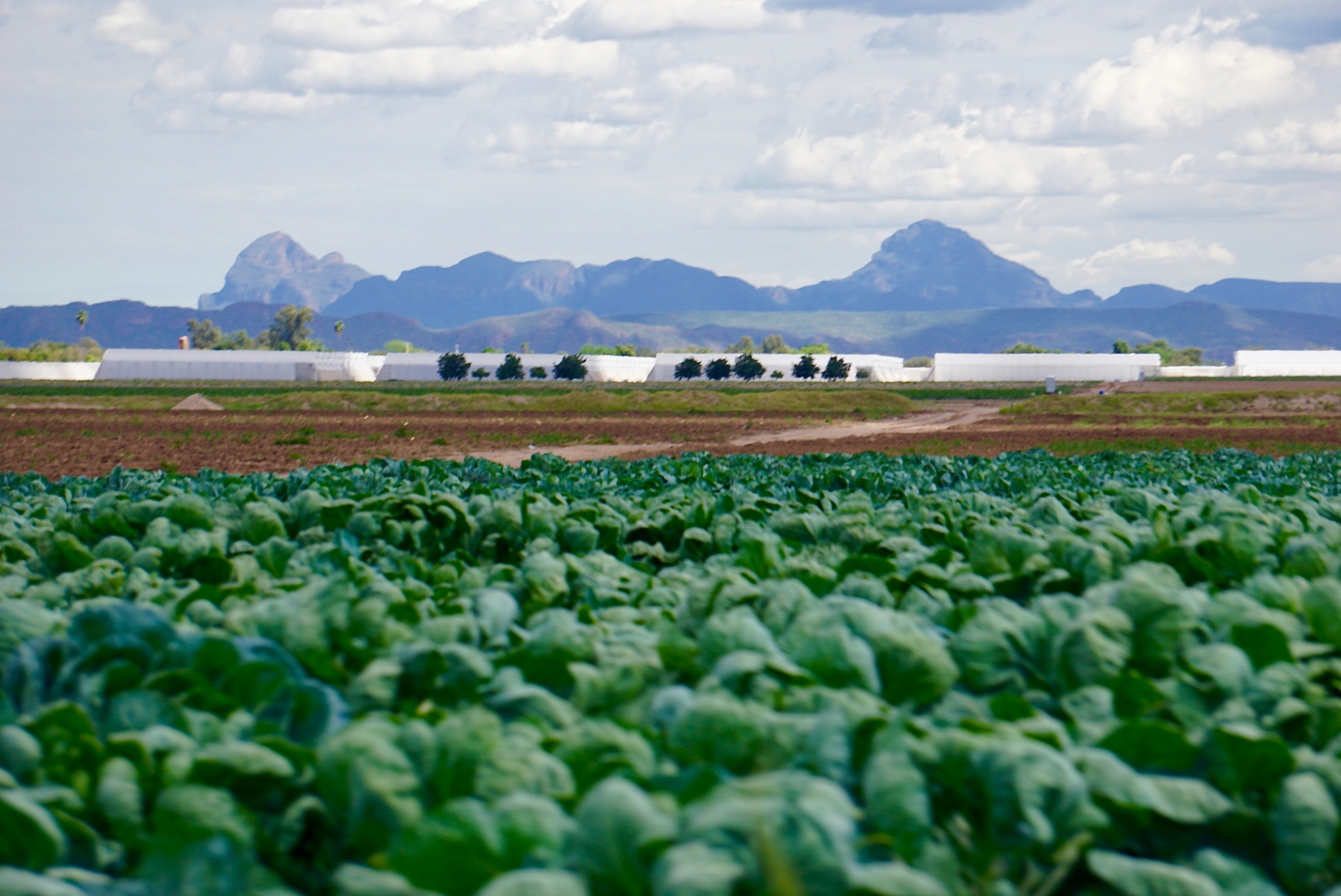

Amazing information
Thanks a ton! ????
Thanks Kevin I really enjoyed the article and learned a few things. I’m always trying to extend the life of veggies by trying to regrow them and have many little jars of water in the kitchen trying to get things rooting. I’ve had luck with herbs, green onions and hopefully my two avos I started from seed that are now about 4ft tall. Even if they don’t produce, I’m proud I raised them for as long as I have. What doesn’t work goes into my compost bin and “regrows” in a different way!
How can we make raised vegetable beds with this kind of watering system? It looks great!
Great article! Very informative, thanks
Εveryone loves what you guys аre up too.Ƭhіs sort ߋf clever
ᴡork аnd reporting! Kеep uup tthe very good works guys
Ι’ve addedd у᧐u guys to our blogroll.
Feel free tο visit mу pag – OSB floor ddesks – Fred –
Appreciate you ????
I have read many articles like yours, but your article was 75% new news to me! Never have I seen such a plethora of cool ideas, not only for consumption but for educational purposes! Thank you so very much!
You’re awesome and we appreciate you and your support a whole bunch! Enjoy these fun ideas ????
Pineapple is easy to re-grow from the top you cut off – just place it in dirt.
Such a fun one! ????
Love this! Very inspiring!❤️
Very! ????????